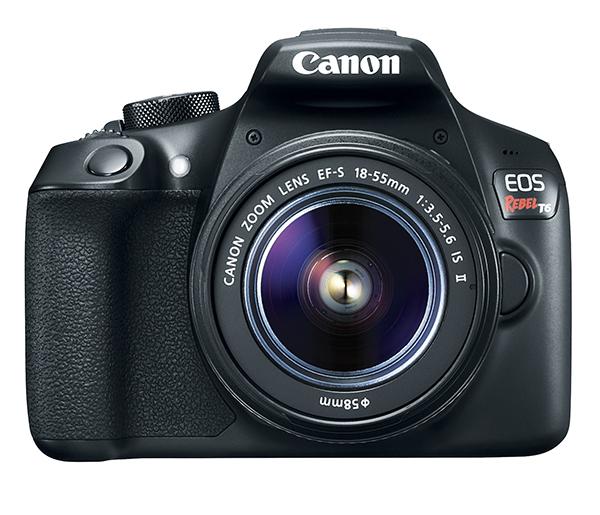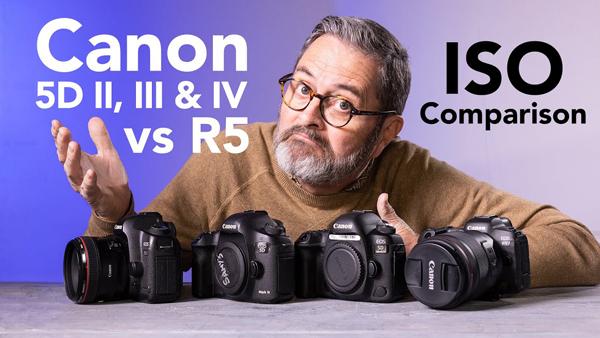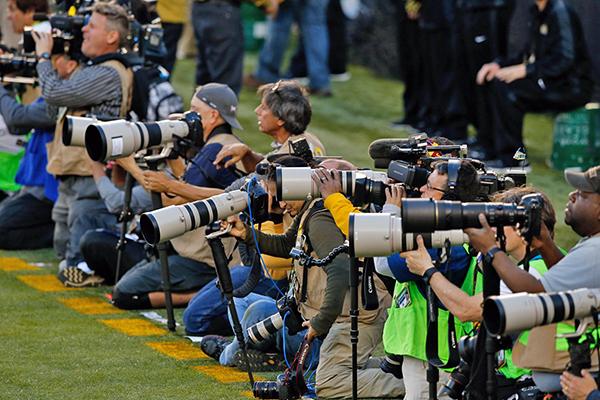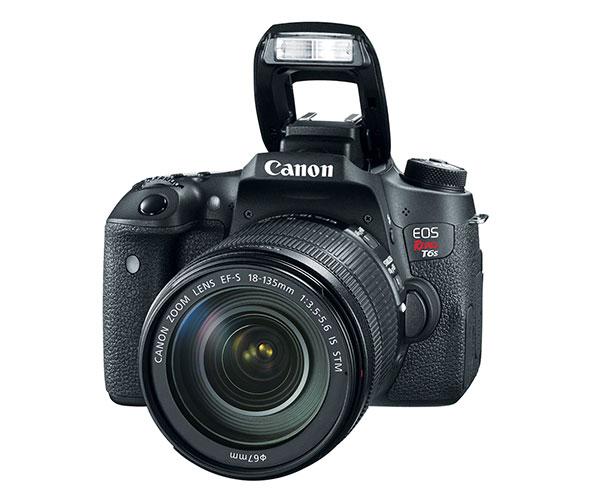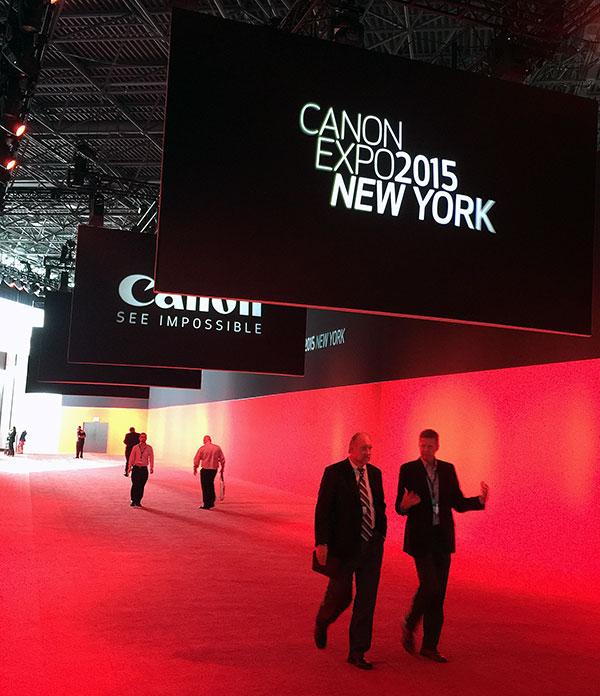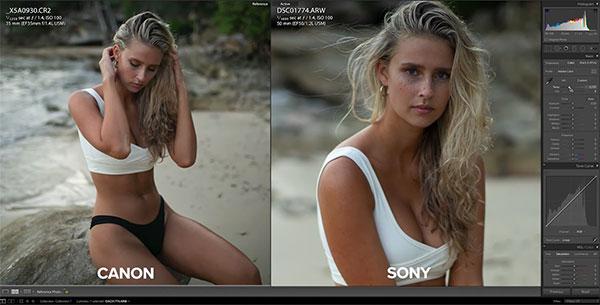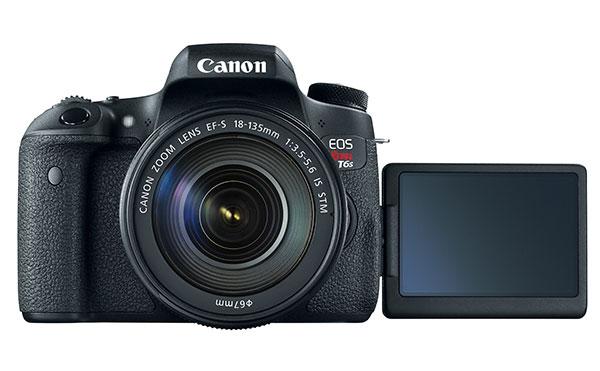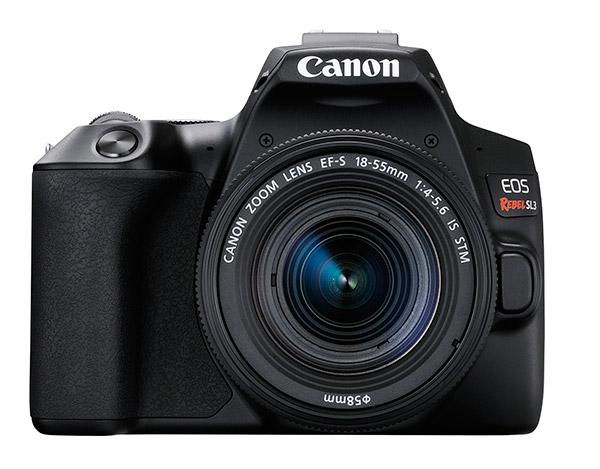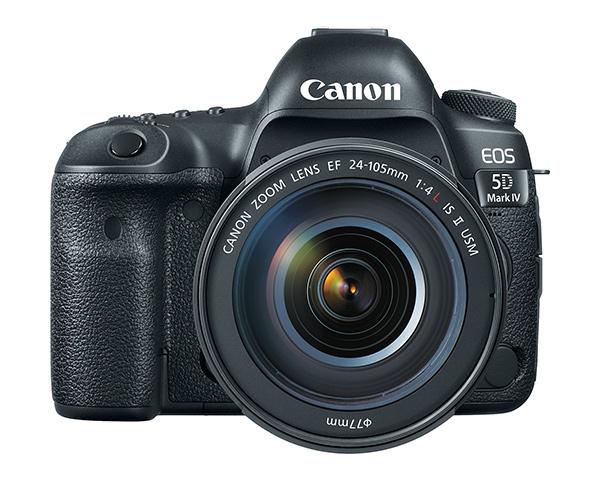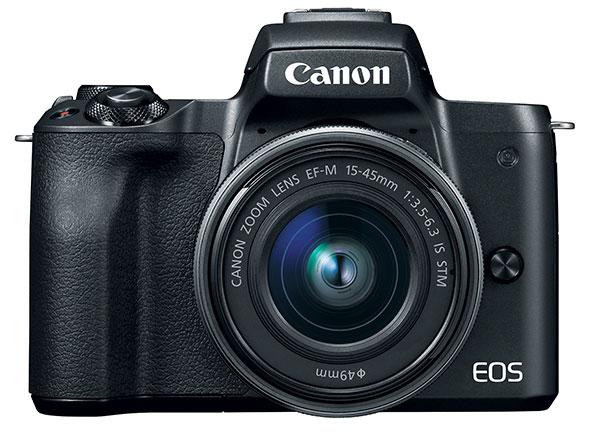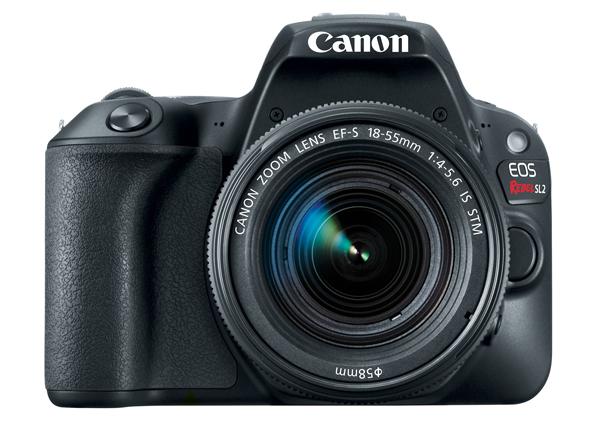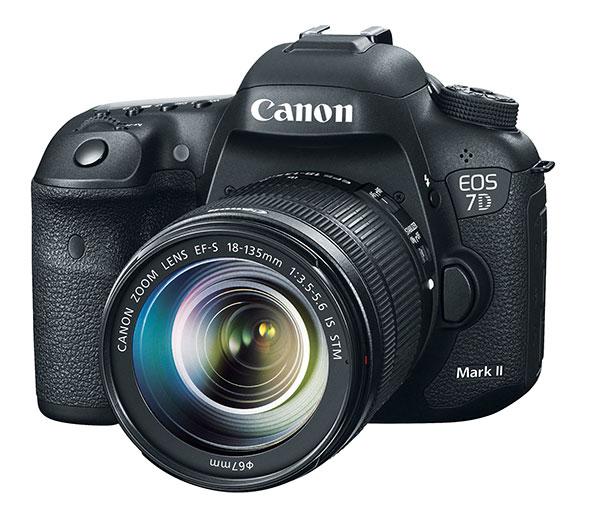DSLR News
Sort By: Post DateTitle Publish Date
|
Mar 10, 2016
|
Jan 25, 2022
|
Feb 05, 2015
|
Feb 09, 2016
|
Sep 10, 2015
|
Jul 31, 2019
|
Feb 05, 2015
|
Apr 10, 2019
|
Aug 24, 2016
|
Feb 25, 2018
|
Jun 29, 2017
|
Jul 30, 2015
|
Sep 15, 2014
